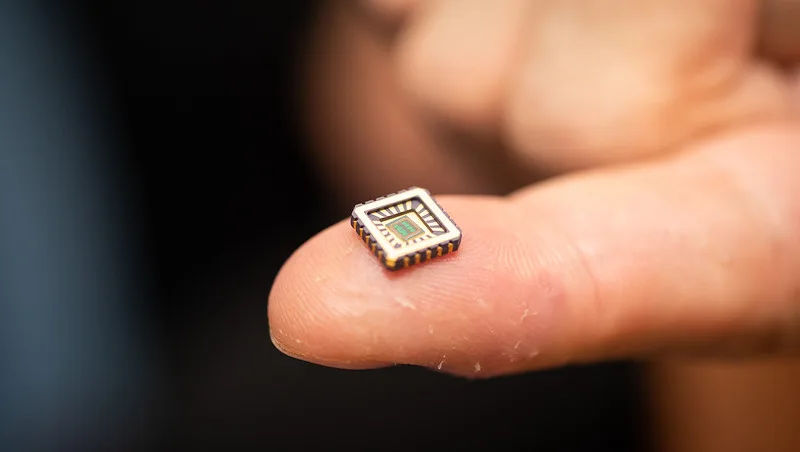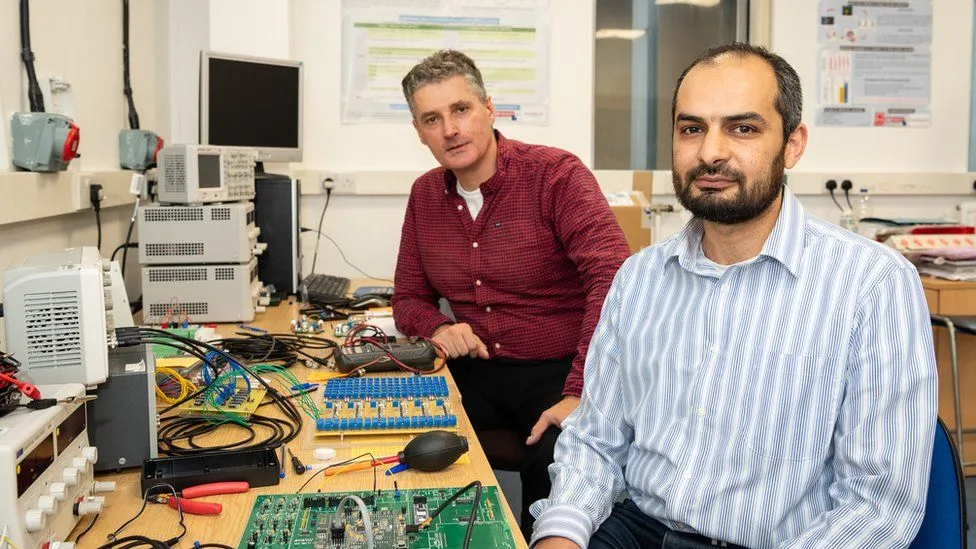
Artificial Neurons on Silicon Chips: Revolutionizing Technology
Artificial neurons on silicon chips represent a groundbreaking innovation that blurs the lines between biology and technology. These synthetic structures mimic the behavior of human neurons, providing a powerful new tool in fields ranging from artificial intelligence to neuroprosthetics. As this technology continues to evolve, it’s becoming a focal point for research and development, promising to redefine our understanding of the brain and its interaction with machines.
What Is This Technology and When Did It Become Popular?
Artificial neurons are engineered constructs designed to replicate the function of biological neurons. These silicon-based neurons are capable of transmitting electrical signals in ways that closely resemble their biological counterparts. The concept of artificial neurons has been around for decades, but it gained significant traction in the early 21st century as advancements in nanotechnology and materials science made it possible to create more sophisticated and functional models.
The popularity of artificial neurons surged with the advent of machine learning and neural networks, where they have been used to improve the efficiency and effectiveness of computational models. The ability to simulate neural networks with silicon-based components allows for more efficient processing and lower energy consumption, which is critical in the development of advanced AI systems. The technology gained further recognition with successful demonstrations in medical applications, particularly in neuroprosthetics, where artificial neurons can interface directly with biological tissues.
How It Works and How Effective It Is
Artificial neurons operate by emulating the electrochemical processes that occur in biological neurons. These silicon-based components use transistors to replicate the ion channels in a neuron’s membrane, allowing for the transmission of electrical impulses. The effectiveness of these artificial neurons lies in their ability to integrate with existing neural circuits and modulate activity in real-time.
The implementation of artificial neurons in technological systems has proven to be highly effective. For instance, in AI applications, they offer a more energy-efficient alternative to traditional computational models. This is due to their ability to perform complex calculations using less power, which is particularly beneficial in portable devices and large-scale data centers. Additionally, in medical applications, artificial neurons have shown promise in restoring function in damaged nervous systems, providing hope for individuals with spinal cord injuries or neurodegenerative diseases.
Where It Is Already Used
Artificial neurons are already making an impact in several key areas. One prominent application is in neuroprosthetics, where they are used to create interfaces between artificial limbs and the nervous system. This technology enables more natural and precise control of prosthetic devices, improving the quality of life for amputees.
In the realm of artificial intelligence, artificial neurons are used to develop more efficient neural networks. These networks are at the heart of machine learning algorithms that power everything from voice recognition software to autonomous vehicles. The use of silicon-based neurons in these systems allows for faster processing and reduced energy consumption, which are critical factors in the scalability of AI technologies.
Additionally, artificial neurons are being utilized in the development of advanced brain-computer interfaces (BCIs). These interfaces allow for direct communication between the brain and external devices, opening up new possibilities for controlling computers, prosthetics, and even robotic systems with the mind.

Where Else It Can Be Used
The potential applications for artificial neurons are vast and varied. One of the most promising areas is in the treatment of neurological disorders. For example, artificial neurons could be used to develop new therapies for conditions like Parkinson’s disease, epilepsy, and Alzheimer’s disease by restoring or modulating neural activity in affected areas of the brain.
In addition to medical applications, artificial neurons could play a critical role in enhancing cognitive computing systems. These systems, which aim to replicate human cognitive functions such as learning and problem-solving, could benefit from the integration of artificial neurons to improve their efficiency and accuracy.
Artificial neurons could also be used in the development of more advanced robotic systems. By integrating artificial neurons into the control systems of robots, it would be possible to create machines that are capable of more sophisticated and adaptive behaviors, making them better suited for complex tasks in dynamic environments.
Finally, there is potential for artificial neurons to be used in environmental monitoring systems. These systems could use artificial neurons to process and respond to data in real-time, enabling more effective monitoring and management of ecosystems.
Is This Technology Worth the Investment?
Investing in artificial neuron technology presents both opportunities and challenges. On the one hand, the potential benefits are enormous, particularly in fields like healthcare, AI, and robotics. The ability to create more efficient, adaptable, and energy-saving systems could lead to significant advancements across a range of industries.
However, the technology is still in its early stages, and there are substantial risks involved. The cost of developing and implementing artificial neuron systems can be high, and there is still much to learn about their long-term viability and potential side effects, particularly in medical applications. Moreover, the ethical considerations surrounding the integration of artificial and biological systems must be carefully addressed to ensure responsible development and use of the technology.
Despite these challenges, many experts believe that the potential rewards outweigh the risks. The ongoing research and development in this area are likely to yield new insights and innovations that could transform the way we interact with technology. As such, for those with a long-term perspective, investing in artificial neuron technology could prove to be a wise and impactful decision.
